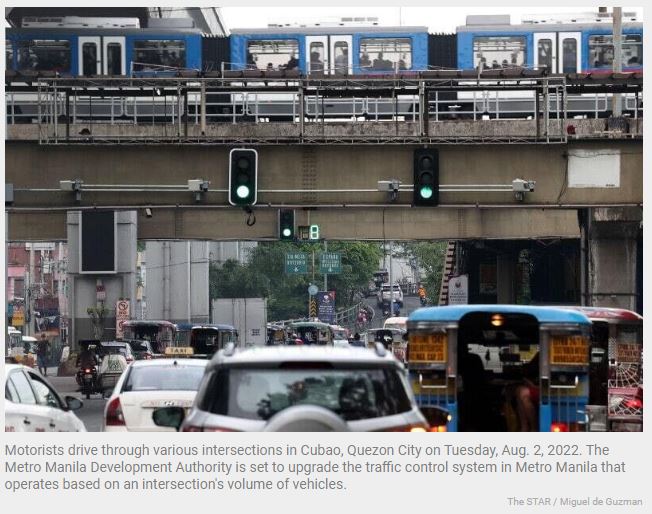Jobless rate slips in July but more Filipinos want additional work amid inflation
MANILA, Philippines (Updated, 11:39 a.m.) — There were fewer jobless Filipinos in July as the economy continues to reopen, although more people sought additional work to boost their income amid rising consumer prices.
Results of a nationwide survey of 43,521 families showed there were 2.60 million Filipinos who were either jobless or out of business in July, down from 2.99 million unemployed persons recorded in June and 2.76 million posted in April, the Philippine Statistics Authority reported Thursday.
The latest figure translated to an unemployment rate of 5.2% in July, down 5.7% in April.
However, the number of Filipinos who looked for more working hours to augment their income stood at 6.54 million in July, up from 6.40 million in April. This translated to an underemployment rate of 13.8% in July.
Despite the rosy figures, which the PSA noted iwas the lowest so far this year, it’s still not at par with pre-pandemic levels. National Statistician Claire Dennis Mapa said the 7-month average for unemployment this year stood at 2.9 million, still higher compared with the 2.26 million average recorded in the same period in 2019 or before the pandemic.
“While the 2.9 million is already low, it’s still higher by 640,000 compared to the 2019 data,” he said.
Data broken down, Metro Manila yielded the highest jobless rate at 6.9% in July, markedly above the national figure of 5.2%. The lowest rate of unemployment within the regions was recorded in Cagayan at 2.8%.
Economic subsectors with the largest drops in employment on a quarterly basis were manufacturing (163,000), education (62,000), human health and social work activities (24,000), mining and quarrying (9,700), and information and communication (7,900). This was compared to the start of the country’s full economic reopening which gained pace in April.
Rising inflation looms large for the domestic economy. In terms of the labor market, the job shedding in these sectors were noteworthy. In the June jobs data, some sectors that thrived under a “high inflation” environment were able to retain their workforce. An opposite scenario could rear its ugly head in the coming months, according to Domini Velasquez, chief economist at China Banking Corp.
“As mentioned by national statistician Mapa, there have been observable negative impact of higher prices to small businesses such as bakeries. However, we think that the impact is expected to be more pronounced in the coming months as inflation continues to stay elevated for a longer period of time,” she said in a Viber message.
Velasquez pointed out that rising input costs and higher interest rates due to the aggressive hikes of the Bangko Sentral ng Pilipinas to cool down inflation, will influence the job expansion plans of companies.
On the other hand, Nicholas Antonio Mapa, senior economist at ING Bank in Manila, noted the domestic economy could endure persisting headwinds. For Mapa, there were benefits gleaned from supporting the economy during pandemic lockdowns.
“Challenges remain as the economy is faced by the triple threat of higher inflation, increasing borrowing costs and elevated government debt levels but for the most part, the Philippine economy has recovered and is healthy enough to withstand projected tightening from the central bank,” he said in an emailed commentary.
That said, the improving underemployment rate and the return to on-site classrooms could inject vigor in the labor market.
“Despite the improvement in jobs numbers, the underemployment rate nudged up to 13.8% from 12.6% as job quality was still wanting,” ING’s Mapa said.
The national government compelled the public school system to return to face-to-face classes amid a widening learning poverty worsened by pandemic disruptions. The PSA is monitoring the impact of this order on the labor market for months to come, which Velasquez forecasts could provide much-needed employment for many.
“With the return of face-to-face classes, more people may enter the labor force both due to more jobs in ancillary services in schools or near schools and as some parents/guardians are able to take on jobs with children going to school instead of studying from home,” she added.
Source: https://www.philstar.com/business/2022/09/08/2208277/jobless-rate-slips-july-more-filipinos-want-additional-work-amid-inflation


 Thailand
Thailand




